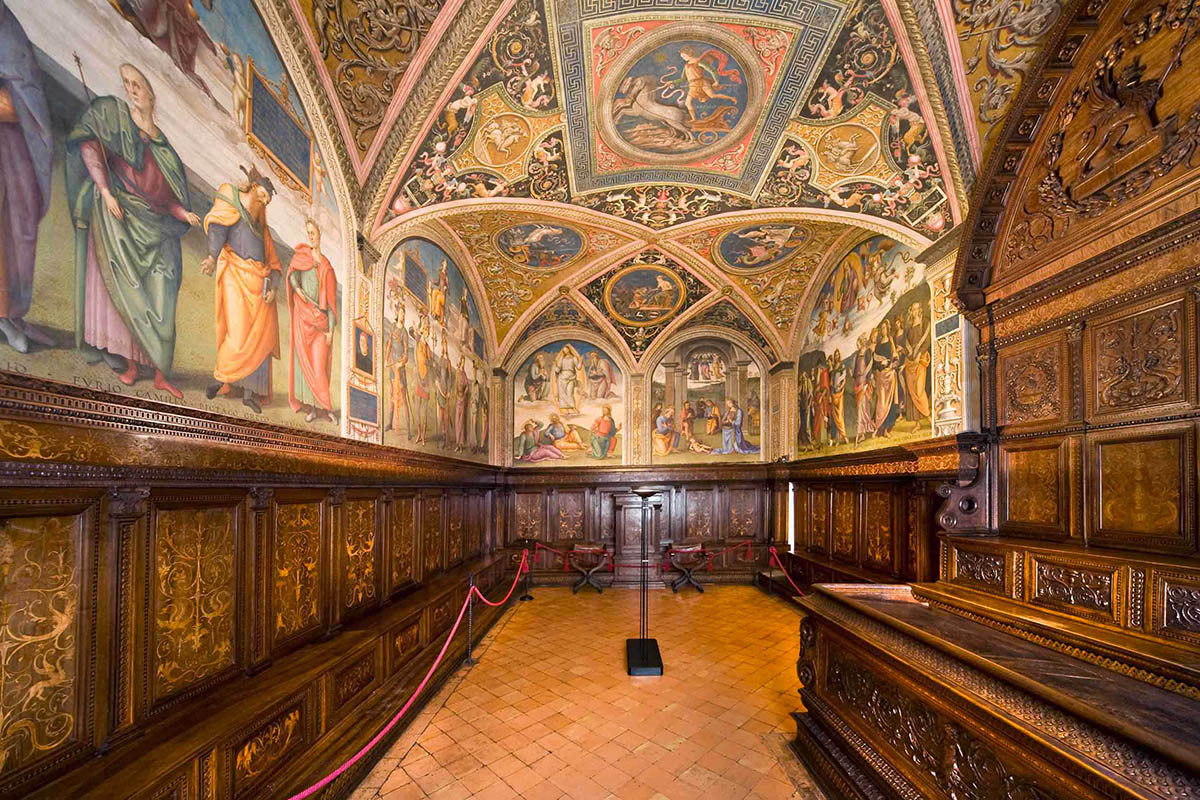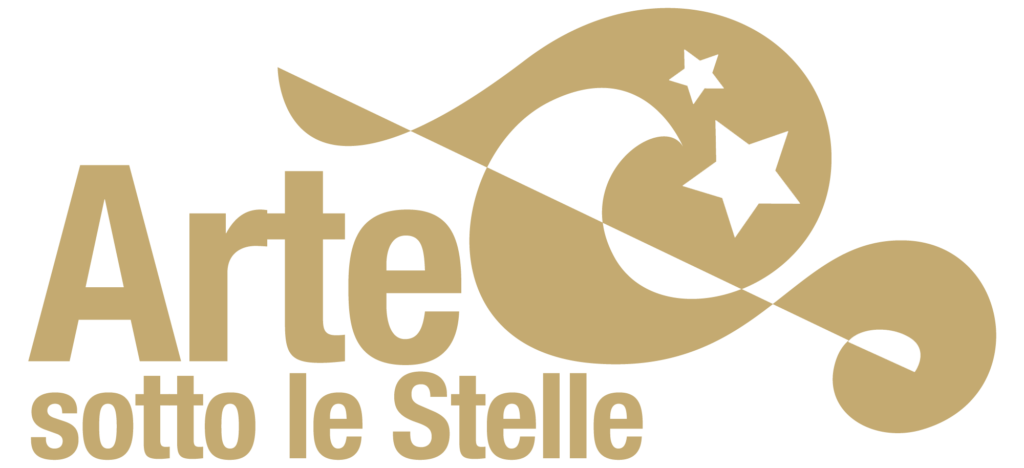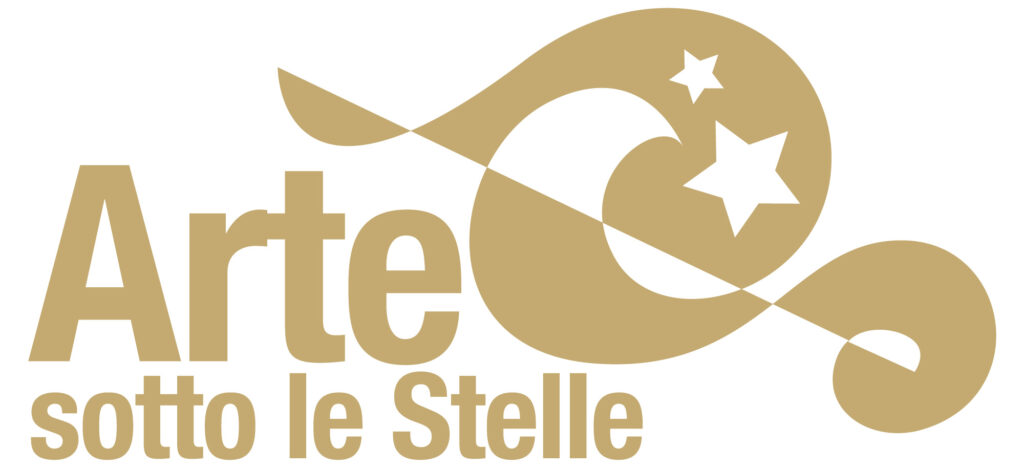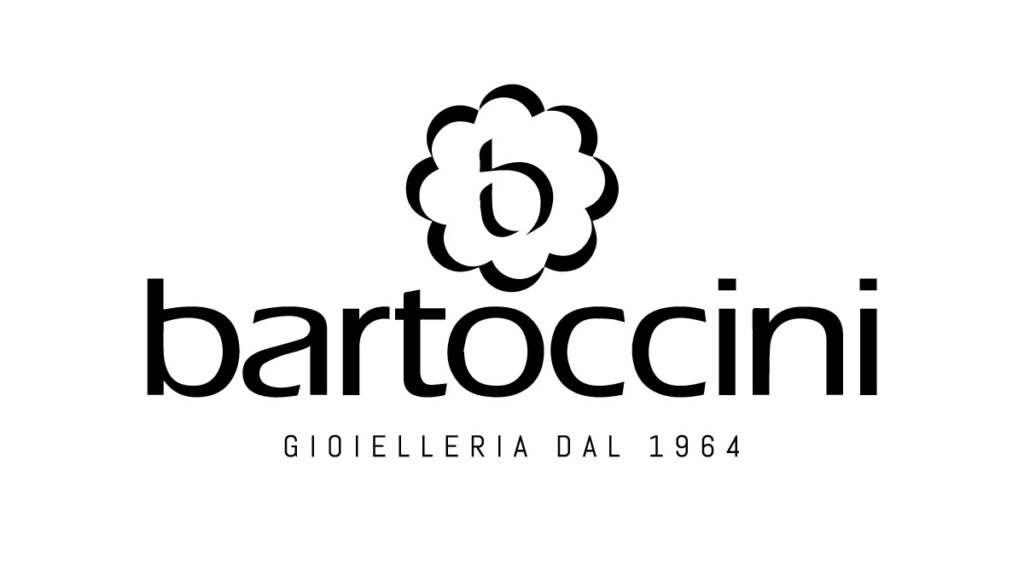Nobile Collegio del Cambio – Perugia
The architects Bartolomeo di Mattiolo and Lodovico di Antonio were enthrusted for the arrangement of the place. The entrance, a fine wooden portal carved by Antonio da Mercatello in 1501, leads into a first narrow room, the so called “Sala dei Legisti”, which hosts today the museum’s ticket office and the beautiful wooden inlays by Giampiero Zuccari (dating to the first half of the seventeeth century), showing classical masks, garlands, the Griffin (symbol of Perugia) and many high-relieves and small sculptures. The next hall, which is the most famous room of the Nobile Collegio, is named “Sala d’Udienza” and preserves wooden seats, a sculpture and the frescoes painted by Perugino in 1498, based on a complex iconographic project designed by the humanists of the time, including Maturanzio. The symbol of this Guild is a griffin above a treasure chest;
the wooden seats show a “grotesque” design and the sculpture with Justice holding the Globe is attributed to Domenico del Tasso.
The last room hosts a small chapel dedicated to Saint John, wanted by the Guild, in order to have their own place to pray; the chapel was frescoed between 1511 and 1528 by one of Perugino’s followers, Giannicola di Paolo, who depicted scenes concerning Saint John’s life.
The visit of the Nobile Collegio del Cambio was a “must do” during the Gran Tour, as stated in the memories left by the young and rich European travellers of the eighteenth and nineteenth centuries. This wonderful small museum still represents the peak of Perugino’s art.











